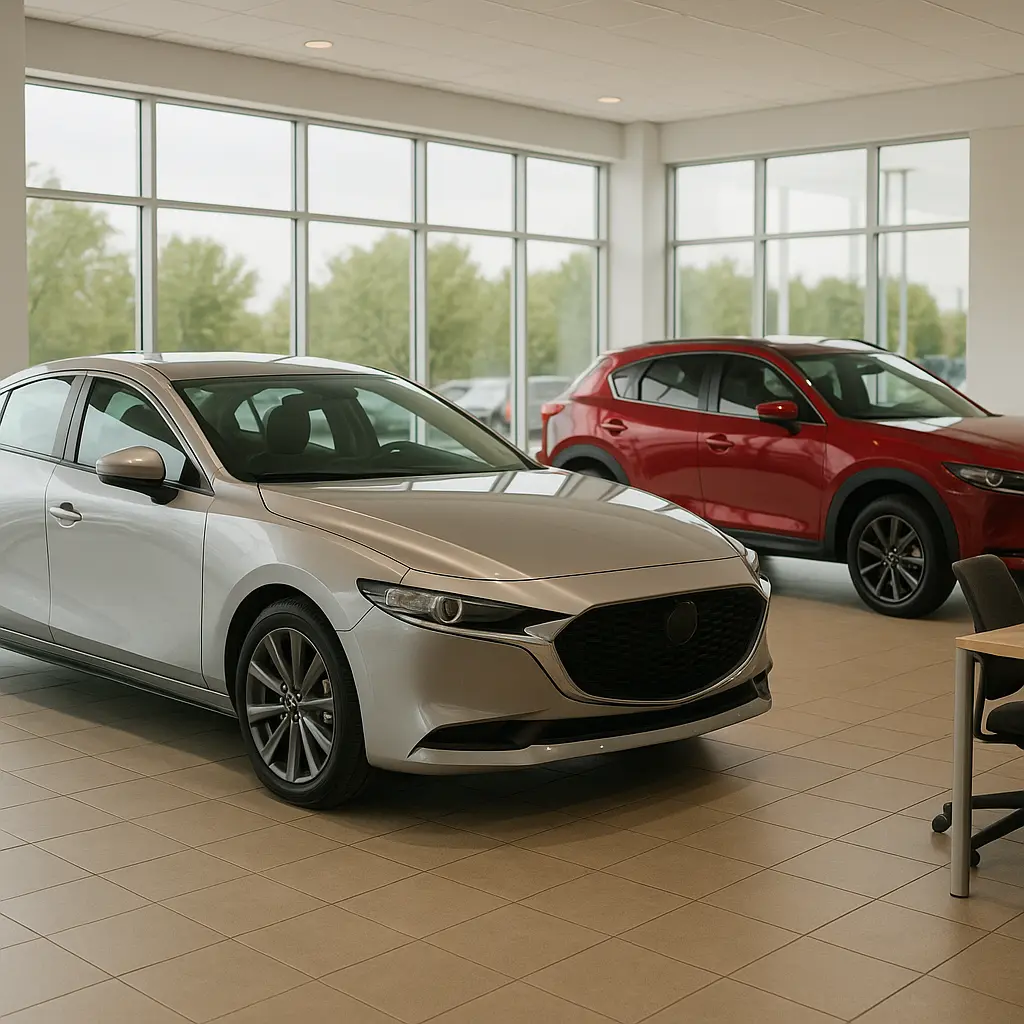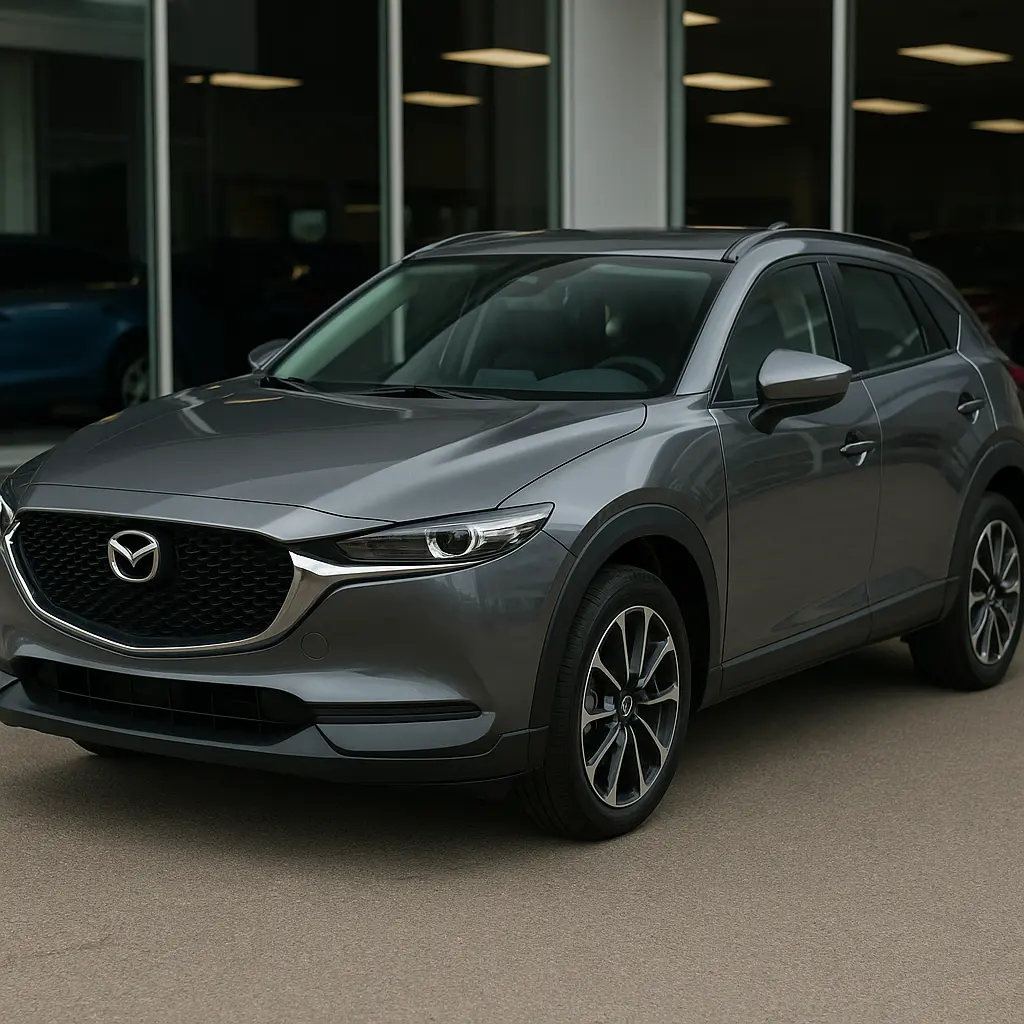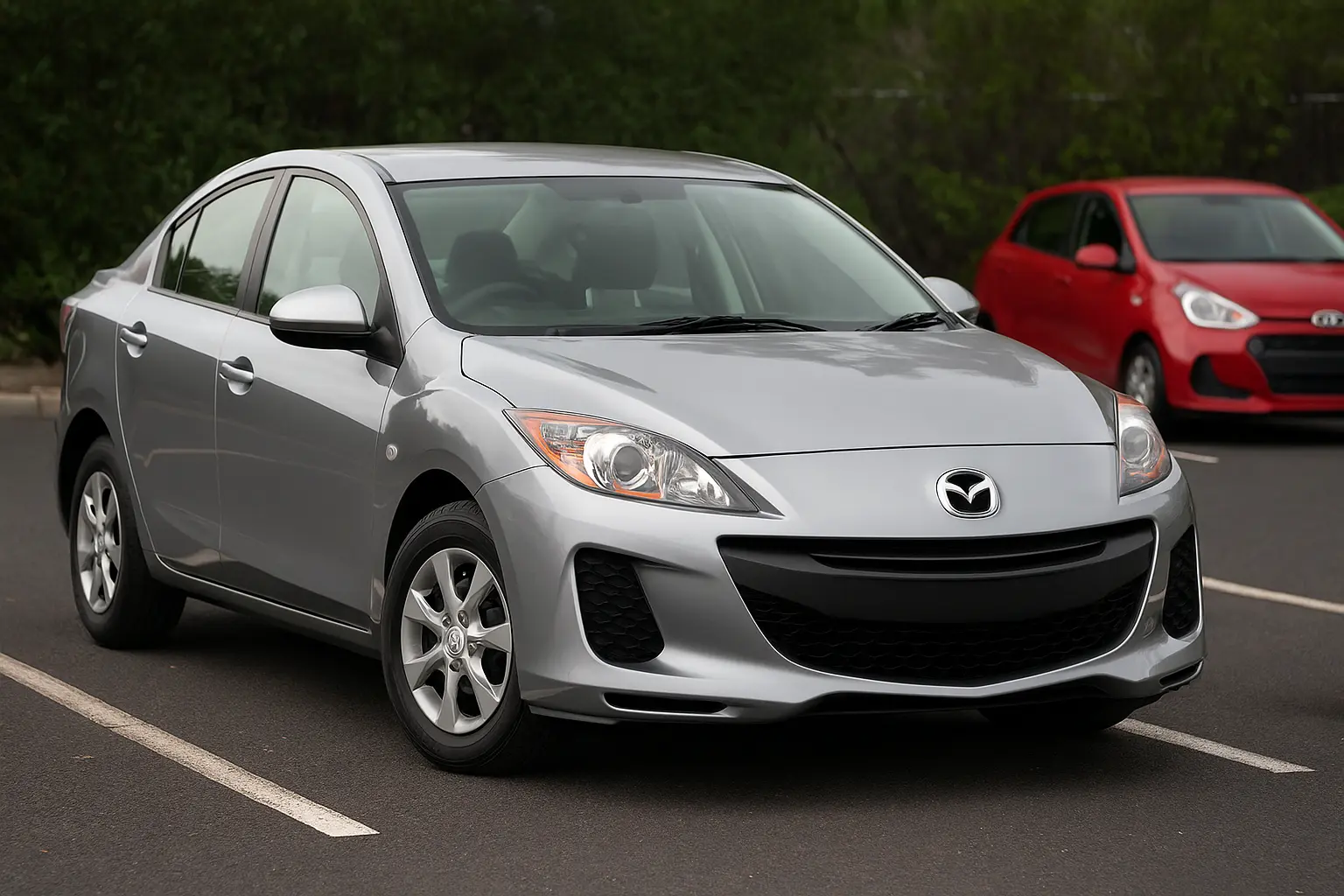Should You Buy a Demo Car in 2025? Pros, Risks & Savings

Buying a new car is a significant investment, and with the rising cost of living in Australia, many savvy buyers are considering demo cars as a cost-effective alternative. But is it actually a good deal? What are the hidden risks? And how do demo vehicles stack up against brand-new and used cars in 2025?
In this guide, we’ll explore:
What exactly is a demo car?
Pros of buying a demo vehicle
Risks and red flags
Demo car vs new car vs used car
Dealer strategies in 2025
Must-check items before you buy
Financing, insurance, and warranty implications
Real-world savings
When a demo car is not a good idea
Let’s dive into the full picture of buying a demo car in Australia this year.
🚘 What Is a Demo Car?
A demo (short for demonstration) car is a vehicle that’s technically new, but has already been used by a dealership for test drives, showroom display, or as a staff/company vehicle. It’s not registered to a private buyer yet, and often has low mileage—usually under 5,000 km, although this can vary.
Demo vehicles typically:
Are well-maintained and cleaned frequently
Come from the latest model year
Include popular trims and options
Have been lightly driven by dealership staff or prospects
In essence, they’re in a grey area: not quite new, not quite used.
✅ Advantages of Buying a Demo Car in 2025
If you’re after a near-new car but want to avoid the full price tag, a demo car might hit the sweet spot. Here’s why:
1. Significant Cost Savings
You can often save $2,000 to $10,000 or more depending on the make, model, and trim.
You avoid initial depreciation—since most new cars lose 10–15% of their value the moment they leave the dealership.
2. Immediate Availability
No waiting for factory orders or shipping delays.
In 2025, with lingering supply chain disruptions, this is a major advantage.
3. Near-New Condition
Most demo cars are well-kept and regularly detailed.
Often driven carefully by dealership staff, meaning minimal wear and tear.
4. Higher Trim for Lower Price
You might score a fully-loaded model at the price of a mid-spec new one.
Many demo cars are mid-to-high trims with desirable features like leather seats, digital dash, and premium audio.
5. Full Manufacturer Warranty
Most demos still qualify for the full warranty period starting from when you buy it—check the fine print!
6. Potential Bonus Offers
Dealerships may bundle free servicing, rego, or extended warranties to sweeten the deal.
⚠️ Risks of Buying a Demo Car
Of course, it’s not all sunshine and savings. There are downsides to be aware of:
1. Unknown Driving History
Demo cars are test-driven by many people—some rougher than others.
You don’t know if it's been “redlined” during a cold start or mishandled.
2. Mileage May Be Higher Than Expected
Some “demo” cars have 5,000–10,000 km or more.
If it's pushing into used territory, the discount may not be worth it.
3. Warranty Might Be Partially Used
Some warranties start when the car first enters dealership service.
Always confirm the warranty start date in writing.
4. Limited Negotiation Room
Demo pricing may already be discounted, leaving less room for haggling.
However, dealerships are often motivated to move demos quickly, especially before new stock arrives.
5. May Not Qualify for Rebates or Promotions
Demo vehicles might be excluded from government EV incentives, low-interest dealer finance, or promotional bonuses.
🚗 Demo Car vs New Car vs Used Car – 2025 Comparison
| Feature | Demo Car | New Car | Used Car |
|---|---|---|---|
| Price | ✔ Lower than new | ✖ Full retail | ✔ Cheapest |
| Condition | ✔ Near-new | ✔ Brand-new | ✖ Varies |
| Warranty | ✔ Often full | ✔ Full | ✖ Reduced/expired |
| Tech Features | ✔ Up-to-date | ✔ Latest | ✖ May lack updates |
| Choice | ✖ Limited stock | ✔ Customisable | ✔ Wide variety |
| Finance Deals | ✔ Sometimes | ✔ Best offers | ✖ Often higher rates |
| Wait Time | ✔ Immediate | ✖ Delayed delivery | ✔ Immediate |
| Depreciation Hit | ✔ Already absorbed | ✖ Full hit | ✔ Minimal |
Verdict:
Demo cars offer a sweet middle ground—more peace of mind than used cars, and more savings than brand-new.
🔍 What to Look for When Buying a Demo Car
Before signing the dotted line, here are must-check details:
✅ 1. Check the Logbook and Kilometres
Ensure the odometer matches what’s advertised.
Get a logbook history even for demo cars—check for servicing, dates, and compliance.
✅ 2. Confirm Warranty Start Date
Don’t assume it starts at your purchase. Ask for a written record.
✅ 3. Inspect the Car Like a Used Vehicle
Check tyres, brakes, and interior for wear.
Take it for a proper test drive—don’t assume it’s “as-new.”
✅ 4. Ask for a Discount Based on Usage
Use the kilometres, age, and condition as bargaining tools.
✅ 5. Know the Market Value
Use online tools (like Redbook, CarsGuide) to compare similar models, trims, and kms.
✅ 6. Ensure It Hasn’t Been Registered
Once registered to a private name, it’s classified as used—and subject to different rules and resale values.
💰 Demo Car Pricing in 2025 – What to Expect
In 2025, you might see the following average savings (based on brand and category):
| Category | Typical New Price | Demo Price Range | Savings |
|---|---|---|---|
| Small Hatch (e.g. Toyota Yaris) | $26,000 | $22,000 – $24,000 | $2,000 – $4,000 |
| Mid-Size SUV (e.g. Mazda CX-5) | $45,000 | $39,000 – $42,000 | $3,000 – $6,000 |
| Electric SUV (e.g. BYD Atto 3) | $50,000 | $44,000 – $47,000 | $3,000 – $6,000 |
| Luxury Sedan (e.g. BMW 3 Series) | $85,000 | $74,000 – $80,000 | $5,000 – $10,000 |
🔧 Do Demo Cars Require Special Maintenance?
Generally, no. But:
Check that the initial service intervals (typically 1,000 km) were done on time.
Make sure the dealership has reset any service reminder indicators.
Ask for any recalls or software updates that were issued between manufacture and your purchase date.
🔒 Insurance & Financing Considerations
🏦 Financing a Demo Vehicle
Many lenders treat demos like new cars.
You may still be eligible for low-interest new car loans, especially from dealer finance arms.
📜 Insuring a Demo Car
Comprehensive insurance premiums are based on car age, model, and value—not usage type.
Just ensure the policy reflects actual kilometres and purchase price.
⛔ When a Demo Car Might Not Be Worth It
If the price isn’t significantly lower than new—walk away.
If it's been driven more than 10,000 km—consider it a used car.
If the warranty is already half expired—it’s not a bargain.
If you want a specific colour or option set—demo stock is limited.
📅 Tips for Buying a Demo Car in 2025
Shop near the end of financial year (EOFY) – Dealers clear out demos to make way for new stock.
Ask about fleet/management demos – These may come with higher kms but bigger discounts.
Check multiple dealerships – Same model can have vastly different deals across dealers.
Don’t skip a pre-purchase inspection – Especially on higher-km demo units.
Negotiate extras – Free mats, extended warranty, full tank, or even registration.
🧾 Final Verdict: Is a Demo Car Right for You?
Buying a demo car in 2025 can be a clever, budget-friendly move, especially in a market where new car prices remain high and wait times are frustrating.
You should strongly consider a demo car if:
You want modern features without the brand-new price.
You’re happy with limited choice in colours and trims.
You understand and verify the remaining warranty.
The car is priced at least 10% below the new equivalent.
But if you need a specific spec, plan to keep the car long-term, or care about being the first owner, you might be better off ordering a new one—or even a near-new used car with fewer kilometres.
Still not sure? Here’s a quick decision tree:
Want a bargain and can live with 2,000–5,000 km? → Demo is a solid choice
Want full warranty + customisation? → Buy new
Want the lowest price possible and OK with more wear? → Go used
Leave a comment
Your email address will not be published. Required fields are marked *




















